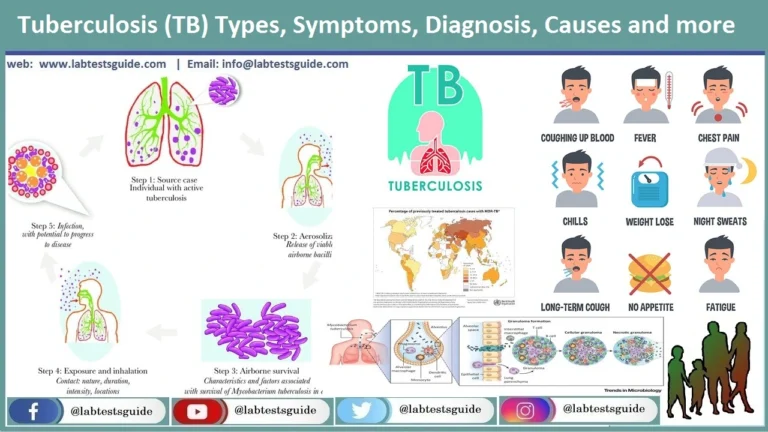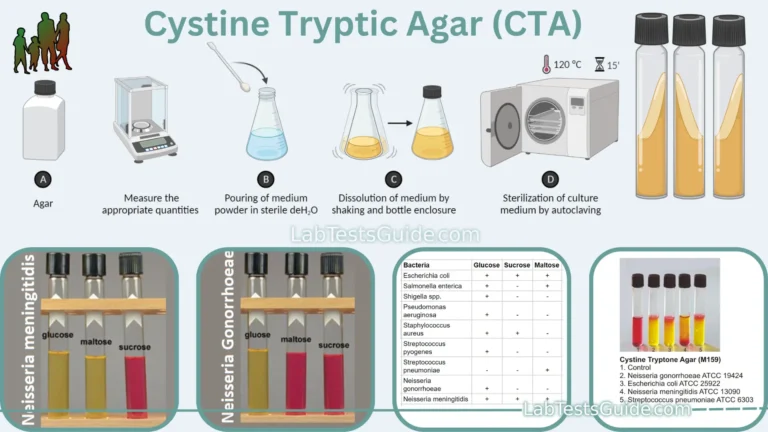Leucofuchsin (Schiff reagent) has become one of the most useful of histochemical dyes. It is colorless due to prior reduction of the basic fuchsin; it then may be used under varied conditions to stain compounds that are capable of recolorizing the leucofuchsin by oxidation. It serves as a specific stain for deoxyribonucleic acid after hydrolysis of the tissue section with HCl (Feulgen reaction). More generally, it is employed with the “PAS” reaction after oxidation with periodic acid, which releases aldehyde groups from substances containing a diglycol linkage. Since this group is common to carbohydrates, the PAS reaction is of value in staining glycogen, glycoproteins (e.g., mucus), and proteoglycans.
Possible References Used









